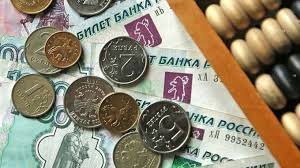Russian businesses are bracing for a financial crisis that could push many to the brink of bankruptcy. The Central Bank has raised interest rates to a punishing 21%, with further hikes expected in December. Over the past two years, companies have accumulated substantial commercial debt, much of it tied to floating interest rates.
Since the second quarter of 2023, the Central Bank has steadily increased rates in an effort to combat persistent inflation and stabilize the weakening ruble. However, the soaring cost of borrowing is now driving many companies into a dangerous debt spiral, with interest payments consuming as much as 25% of their earnings.
Rising late payments from customers and partners are adding to the strain, signaling widespread distress across the corporate sector as businesses struggle to service debt at such high rates. When factoring in bank premiums, real interest rates for businesses have effectively reached 25%, significantly increasing the risk of defaults and bankruptcies, according to Meduza.
Before the war, only about 20% of corporate loans were tied to floating interest rates. By mid-2023, that figure had surged to 44%, as companies took out loans pegged to the Central Bank’s key rate. Many businesses, needing capital for import substitution after sanctions were imposed and seeking to acquire assets as foreign firms exited Russia, borrowed heavily — operating under the assumption that interest rates would eventually stabilize or decline.
That assumption has proven false. Increased government spending has overheated the economy, driving inflation higher. In response, the Central Bank has maintained its aggressive rate-hike strategy, with no sign of relief in sight.


